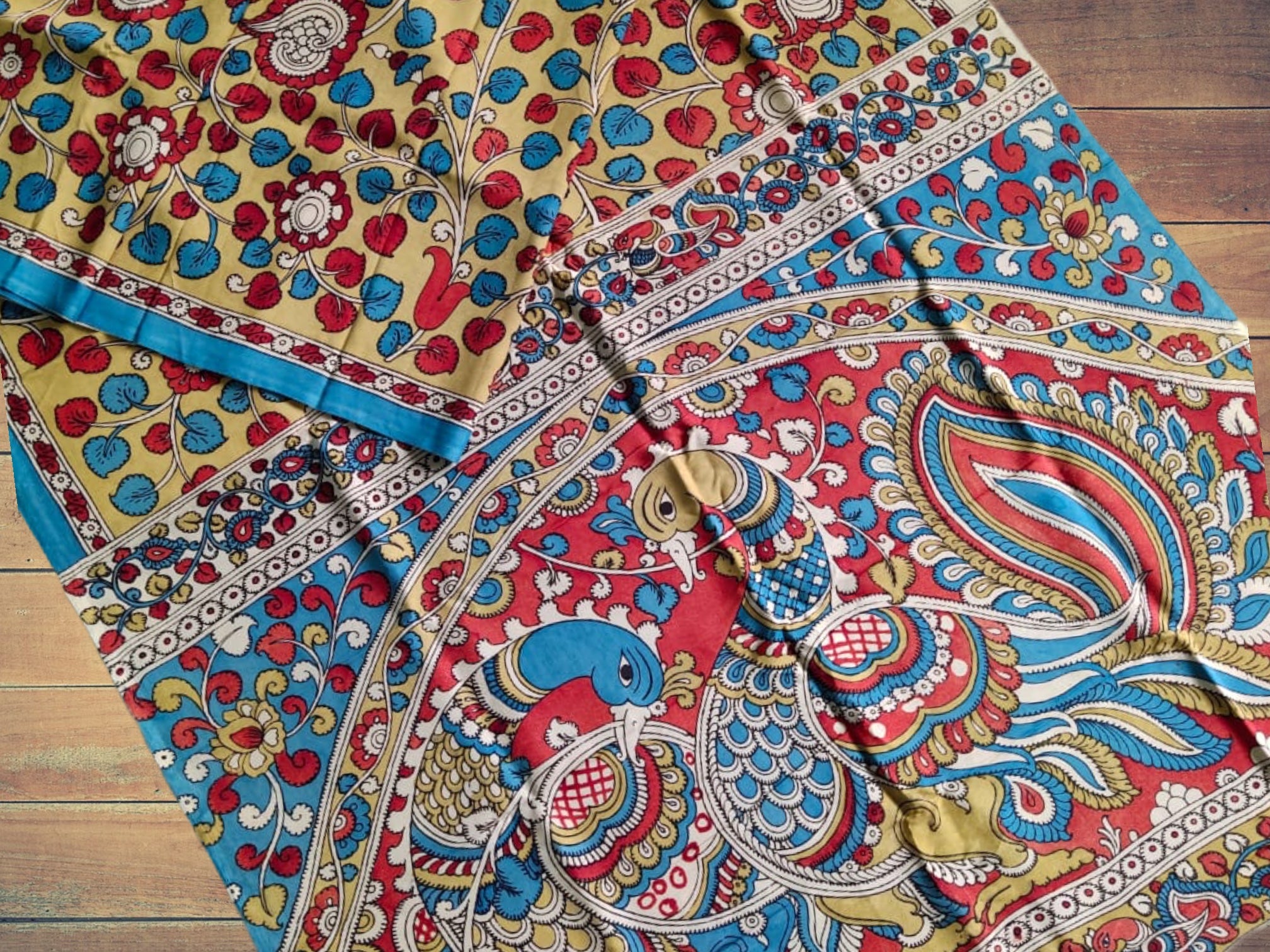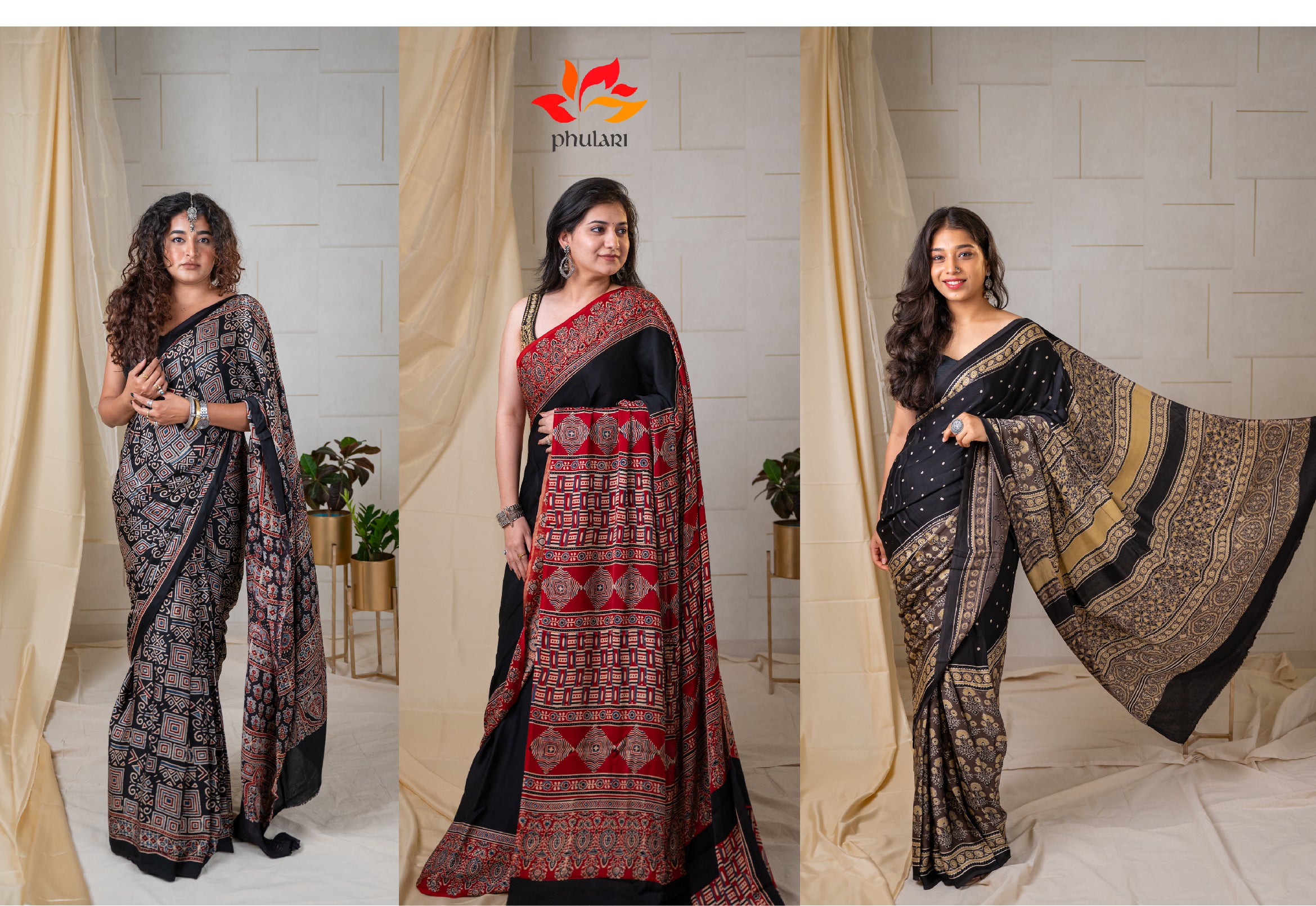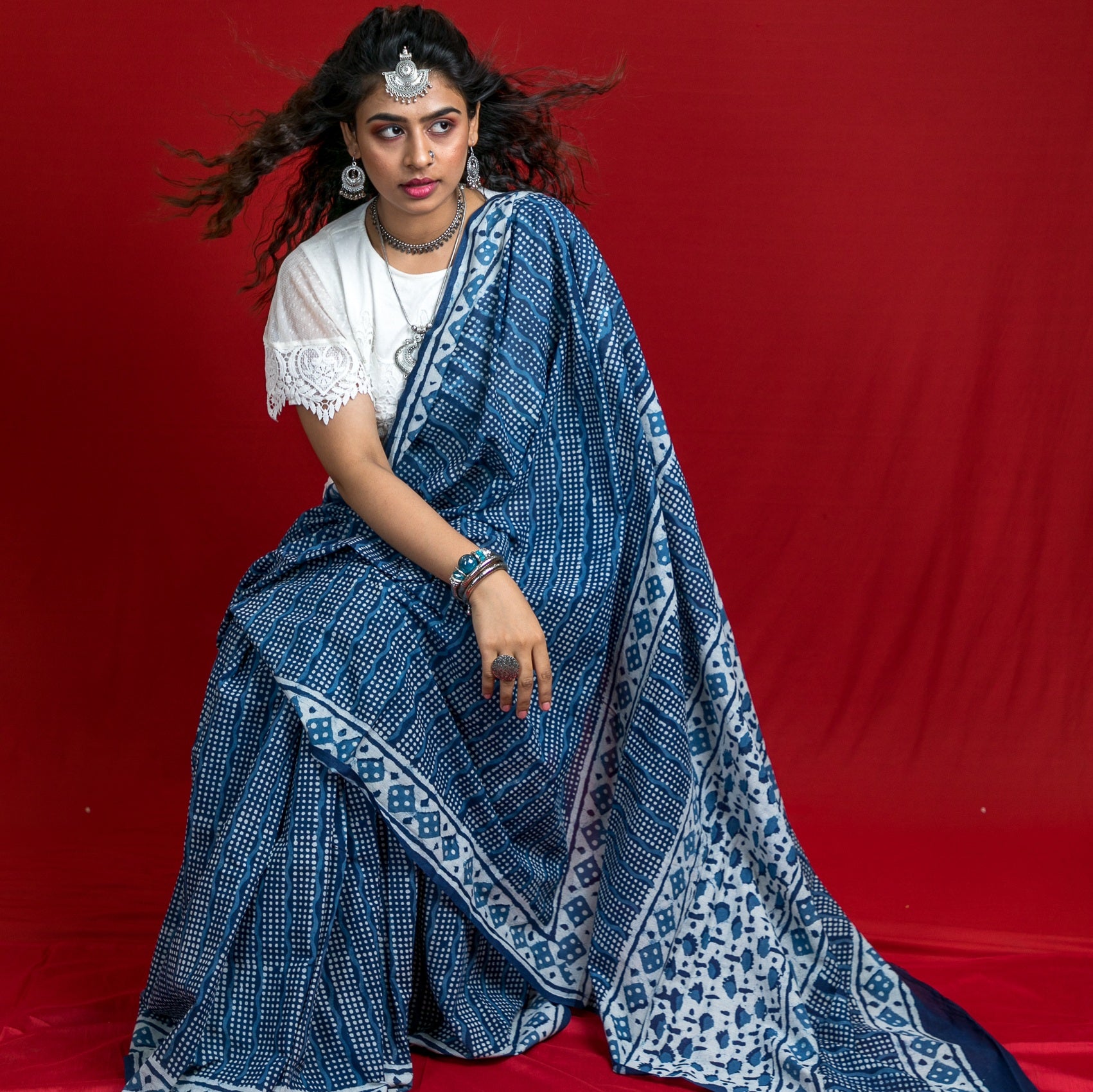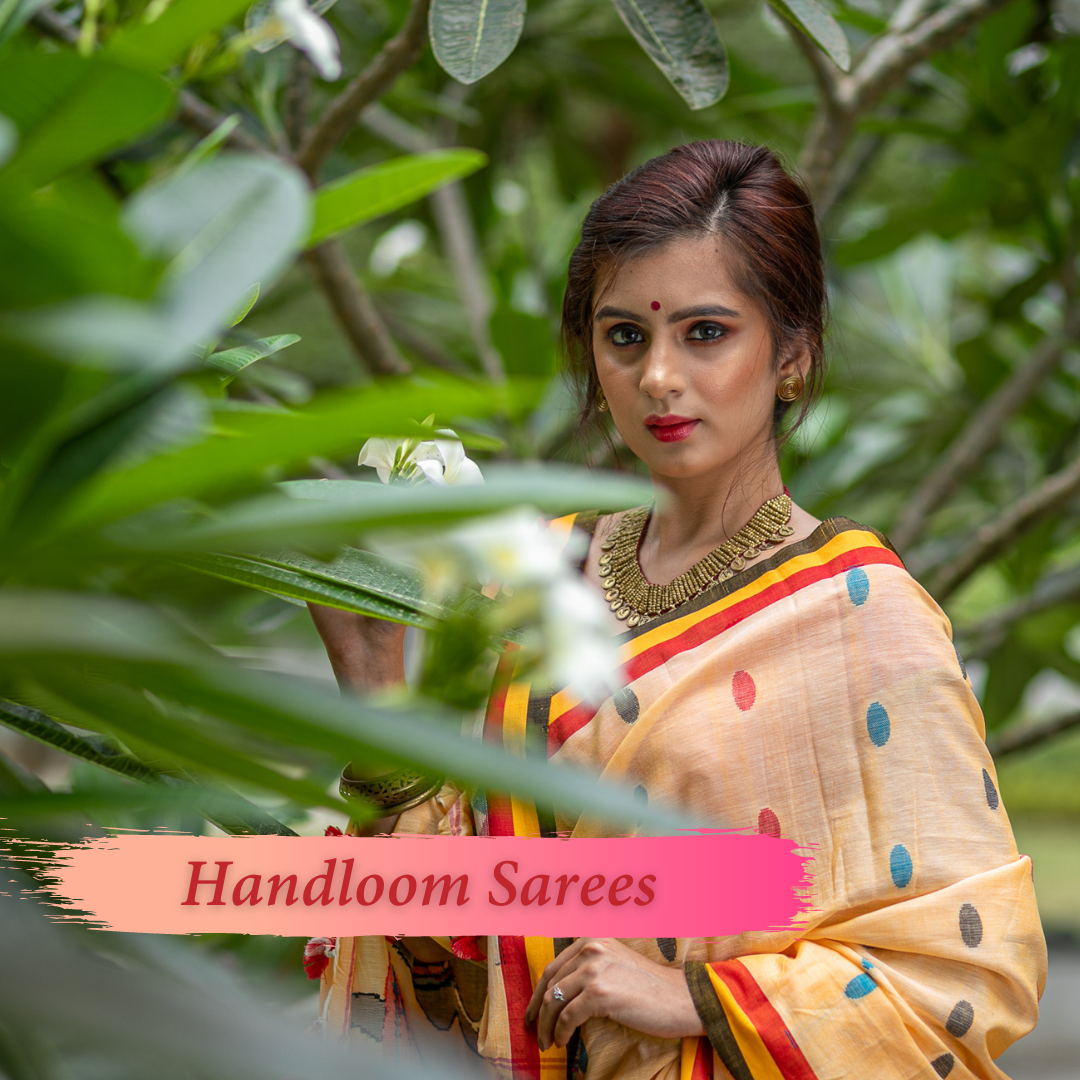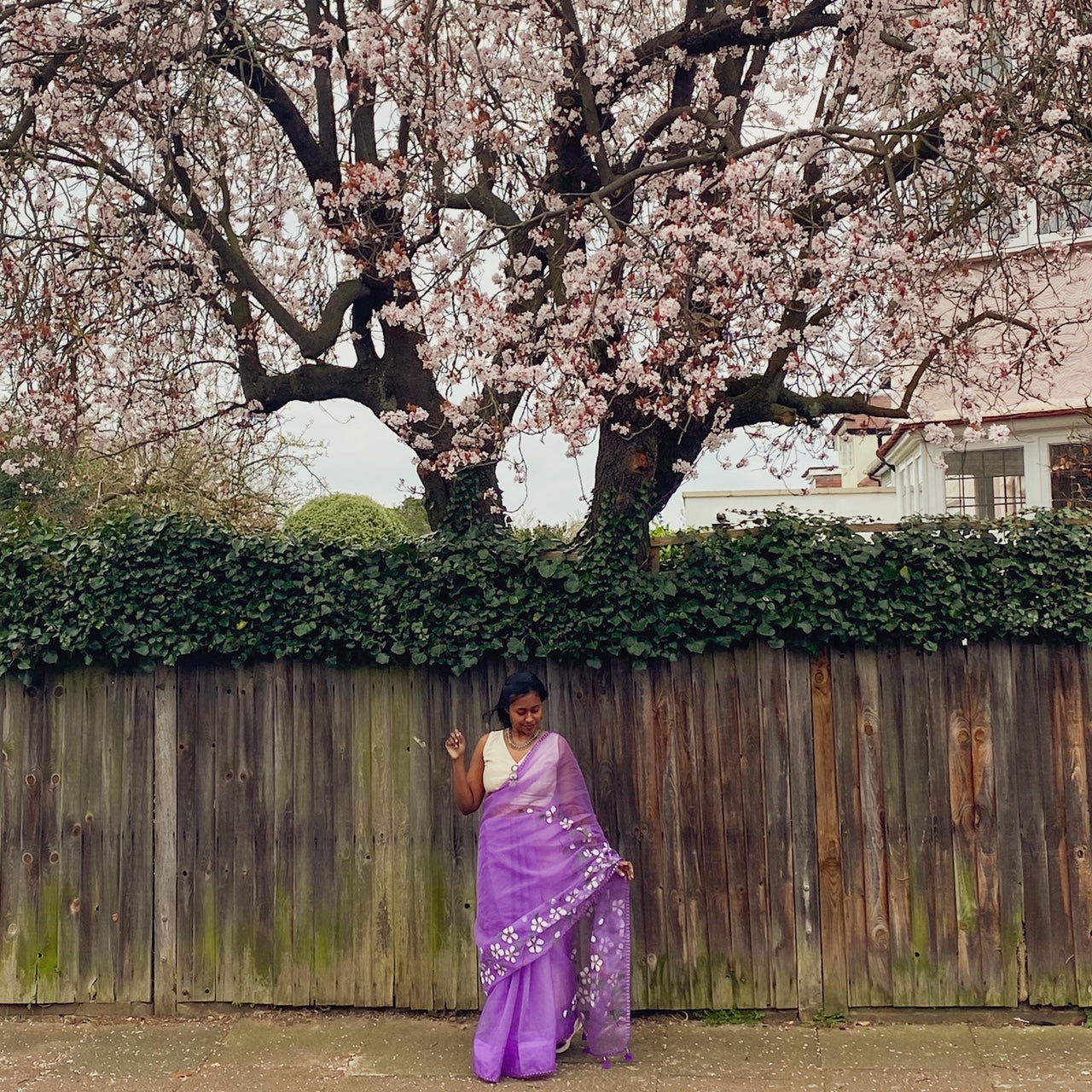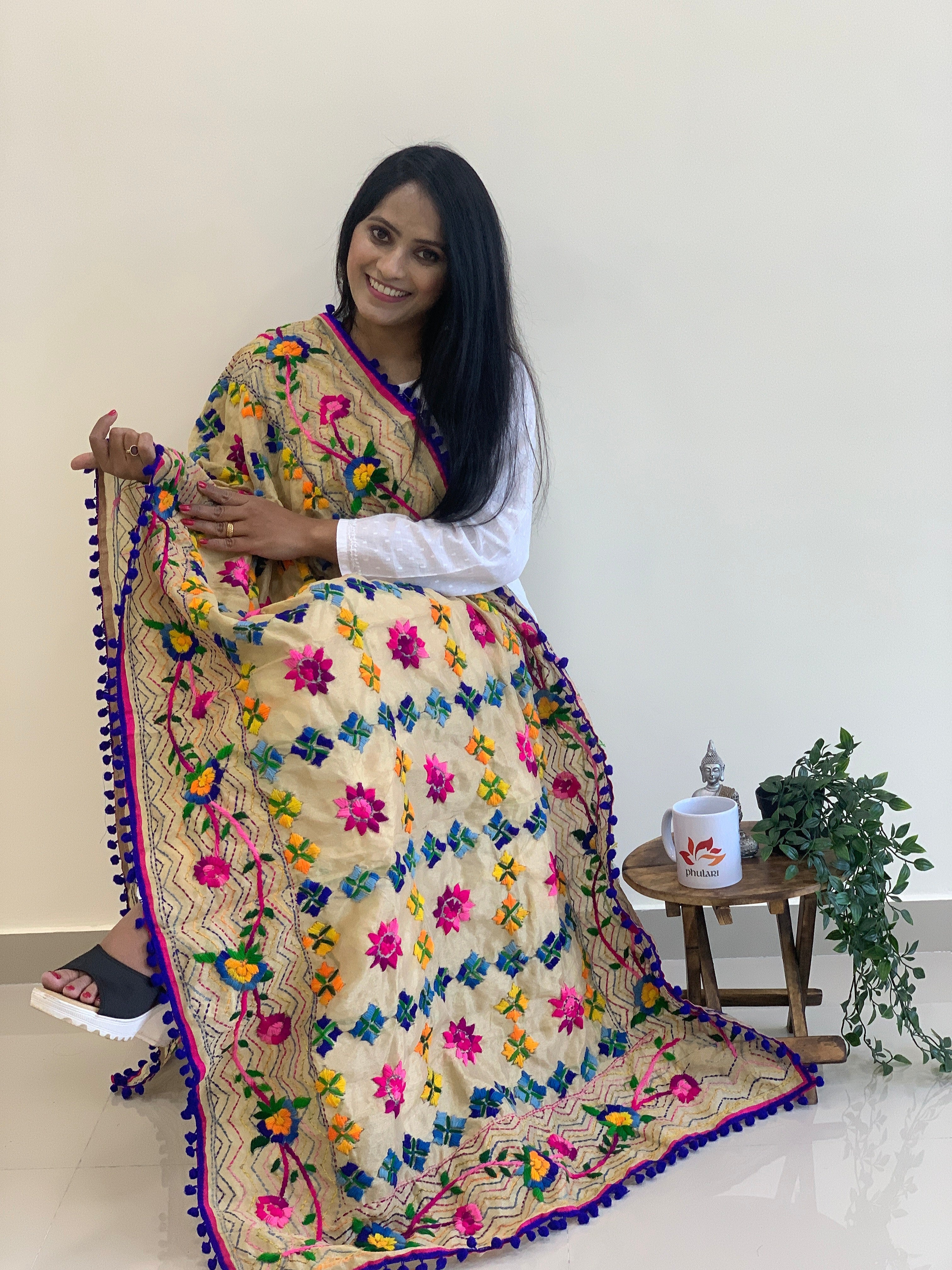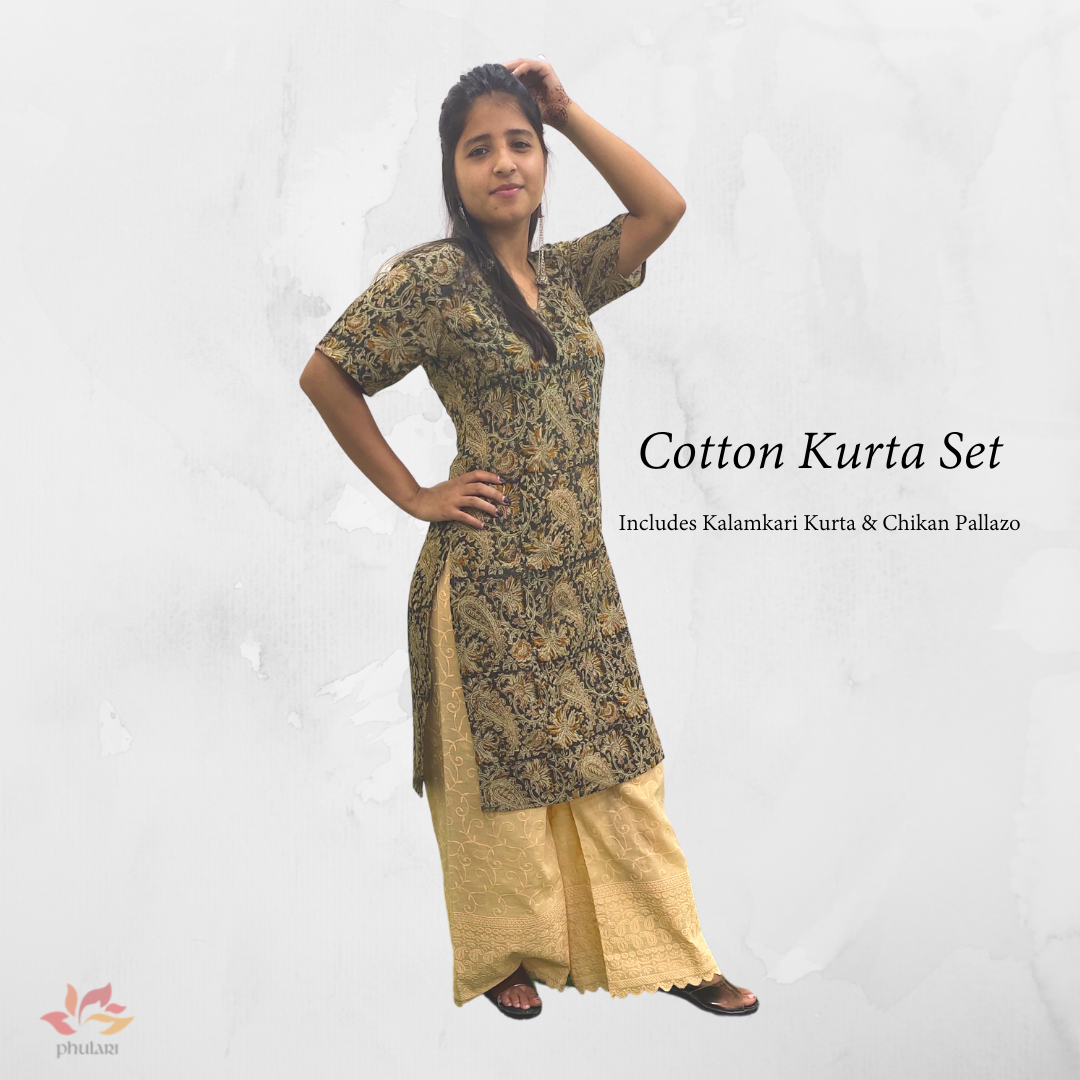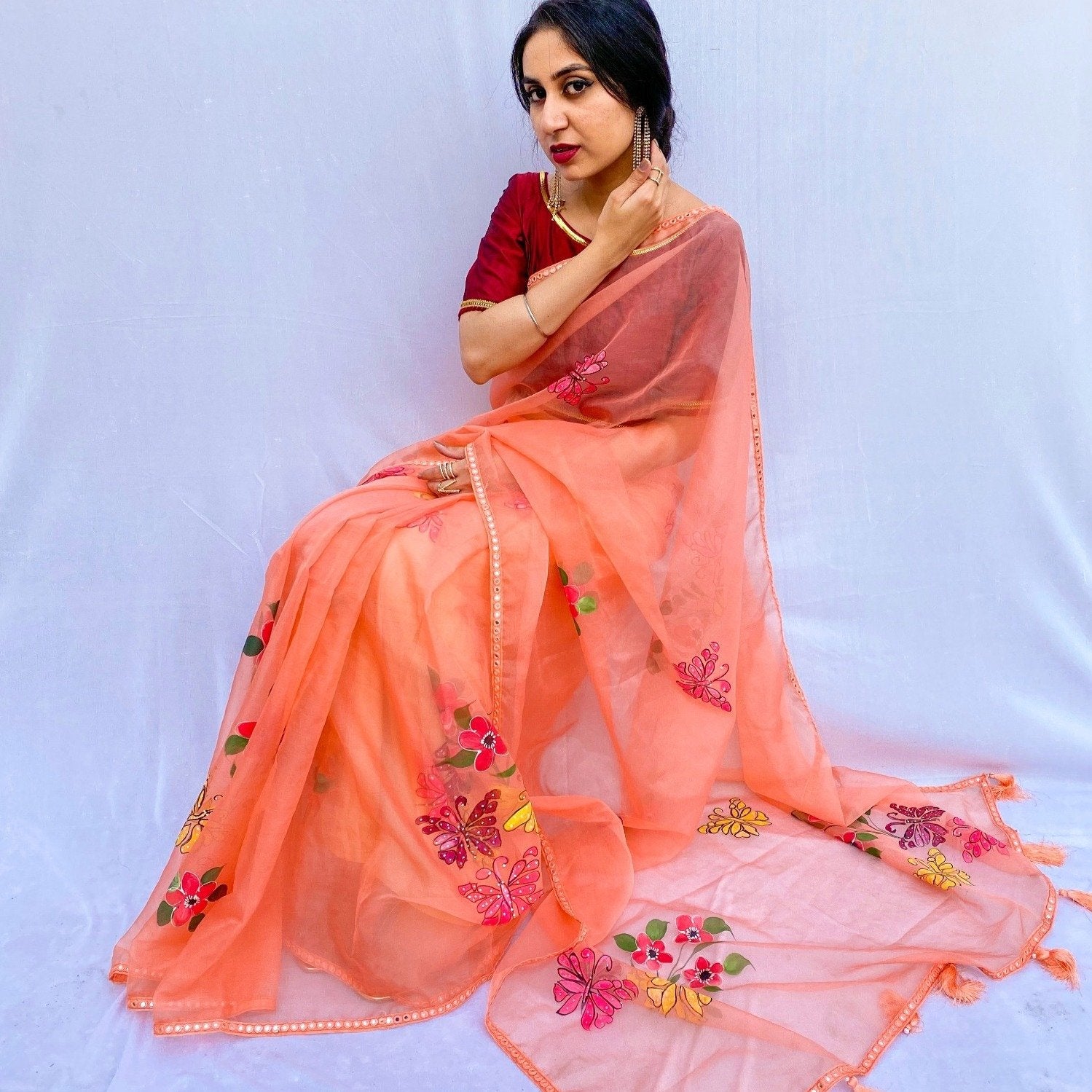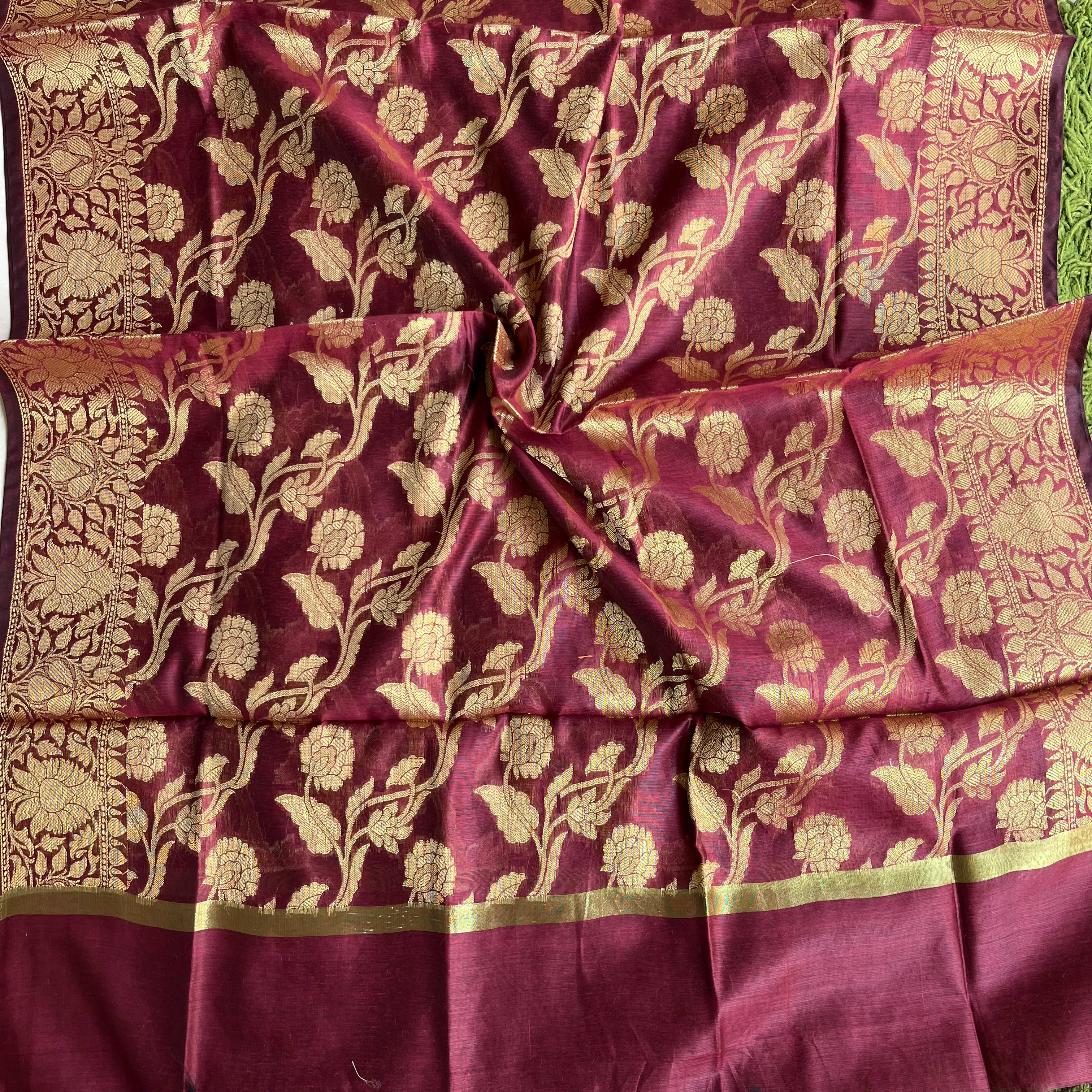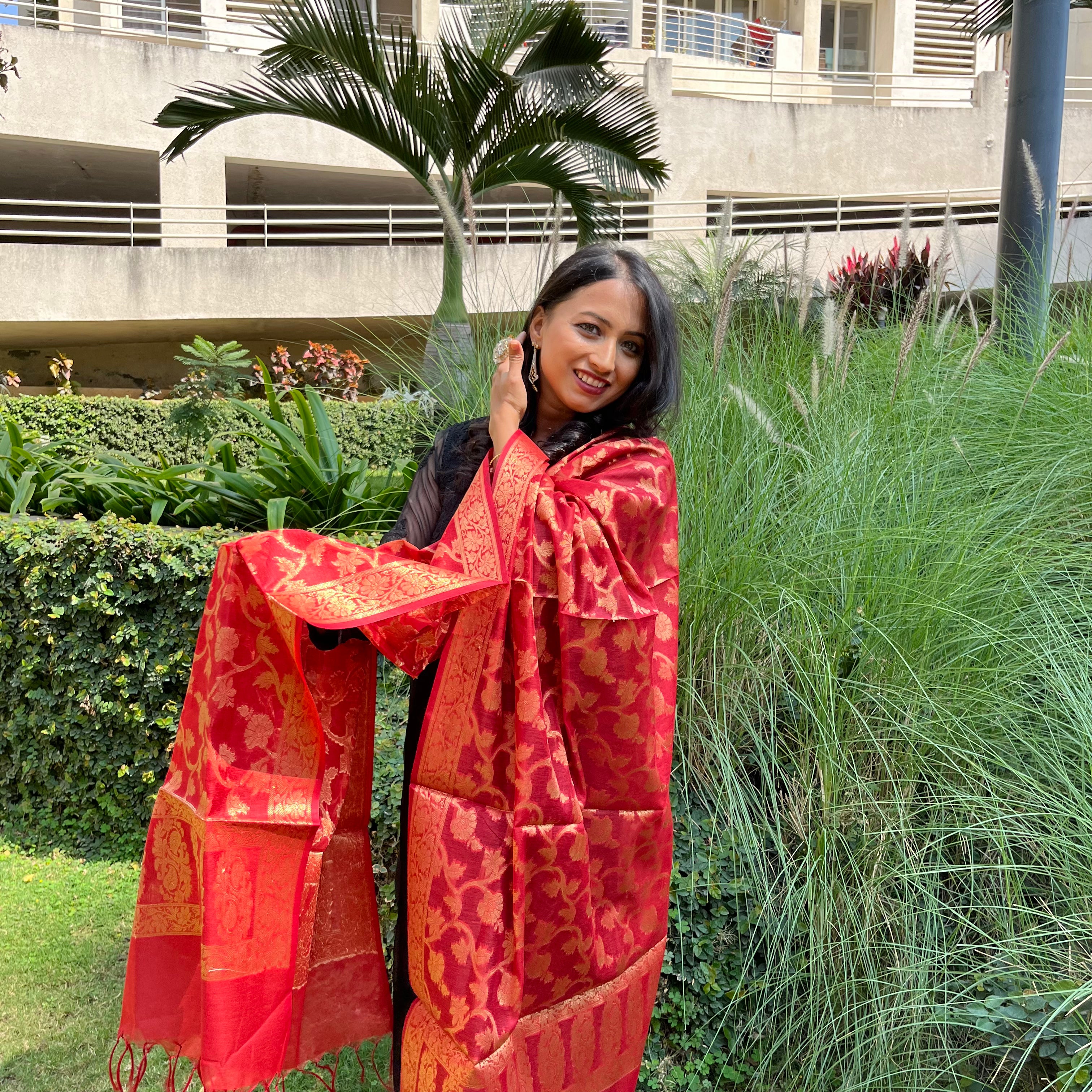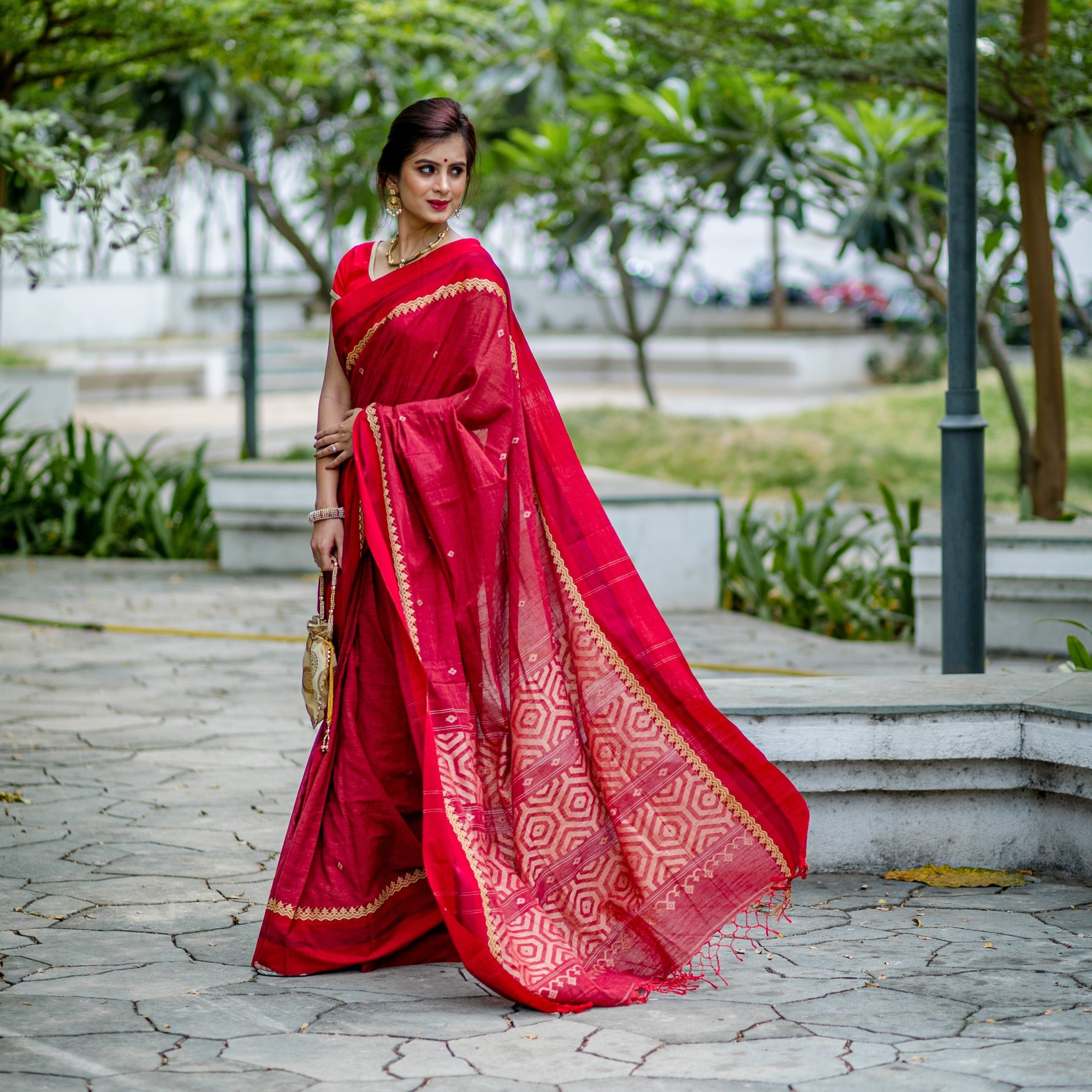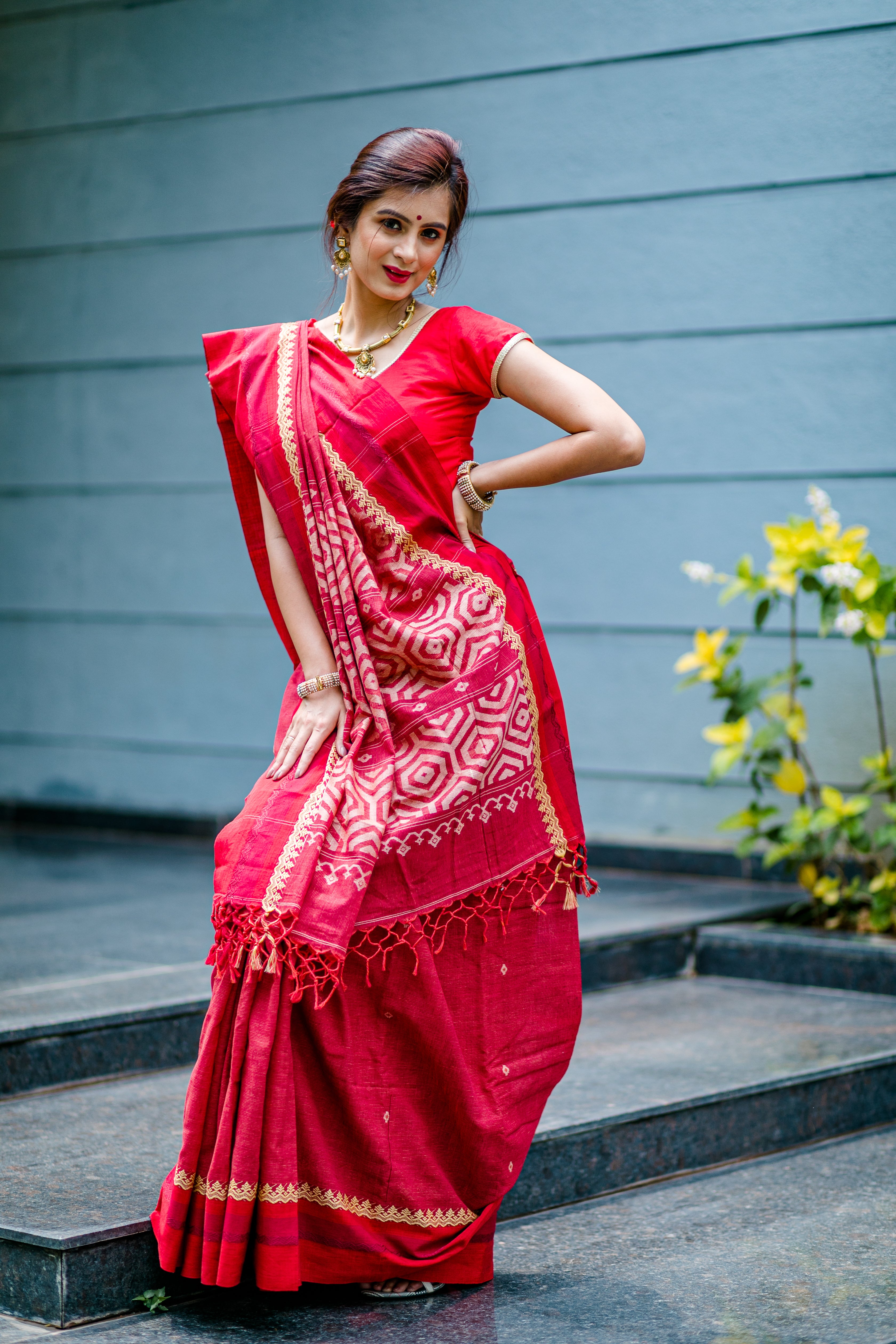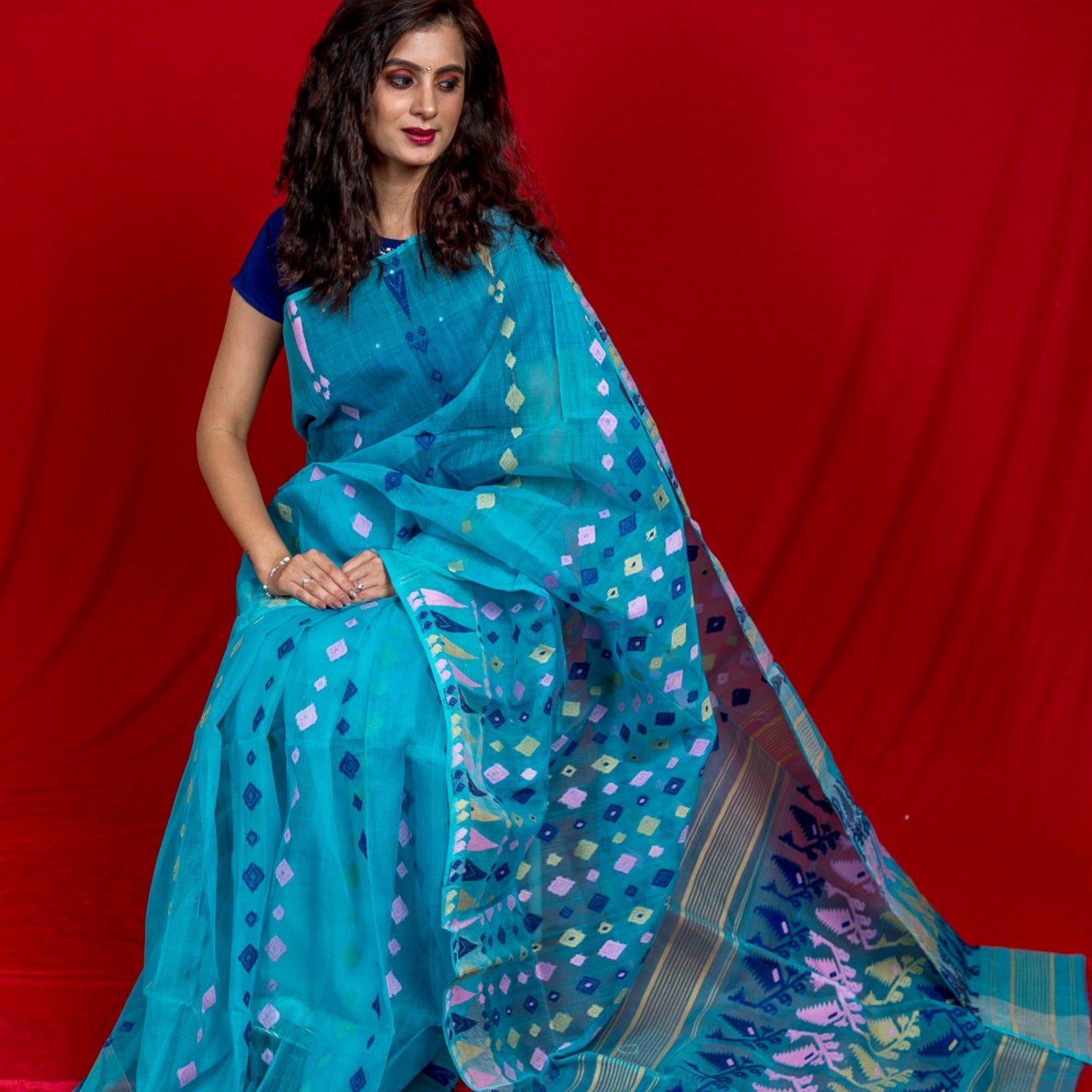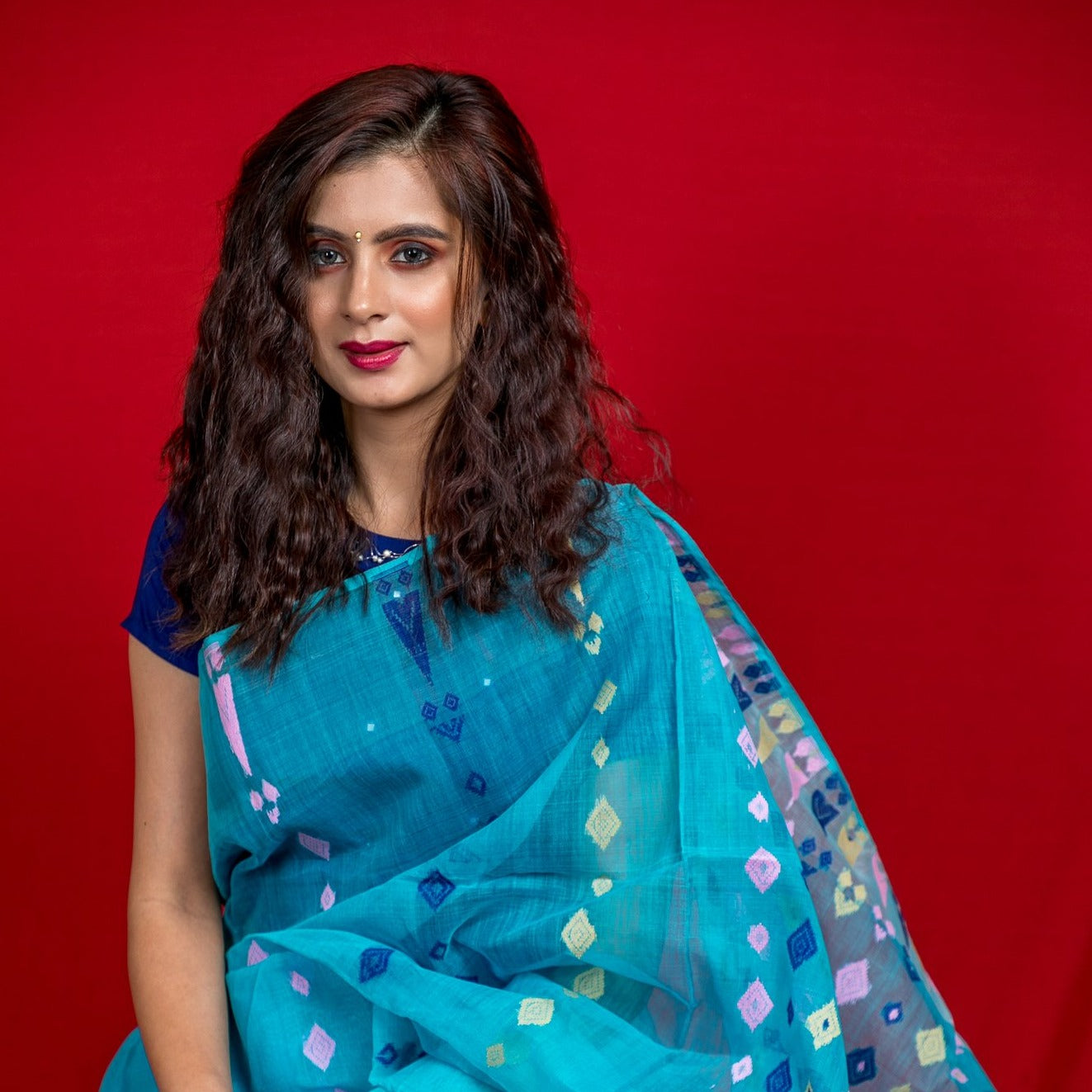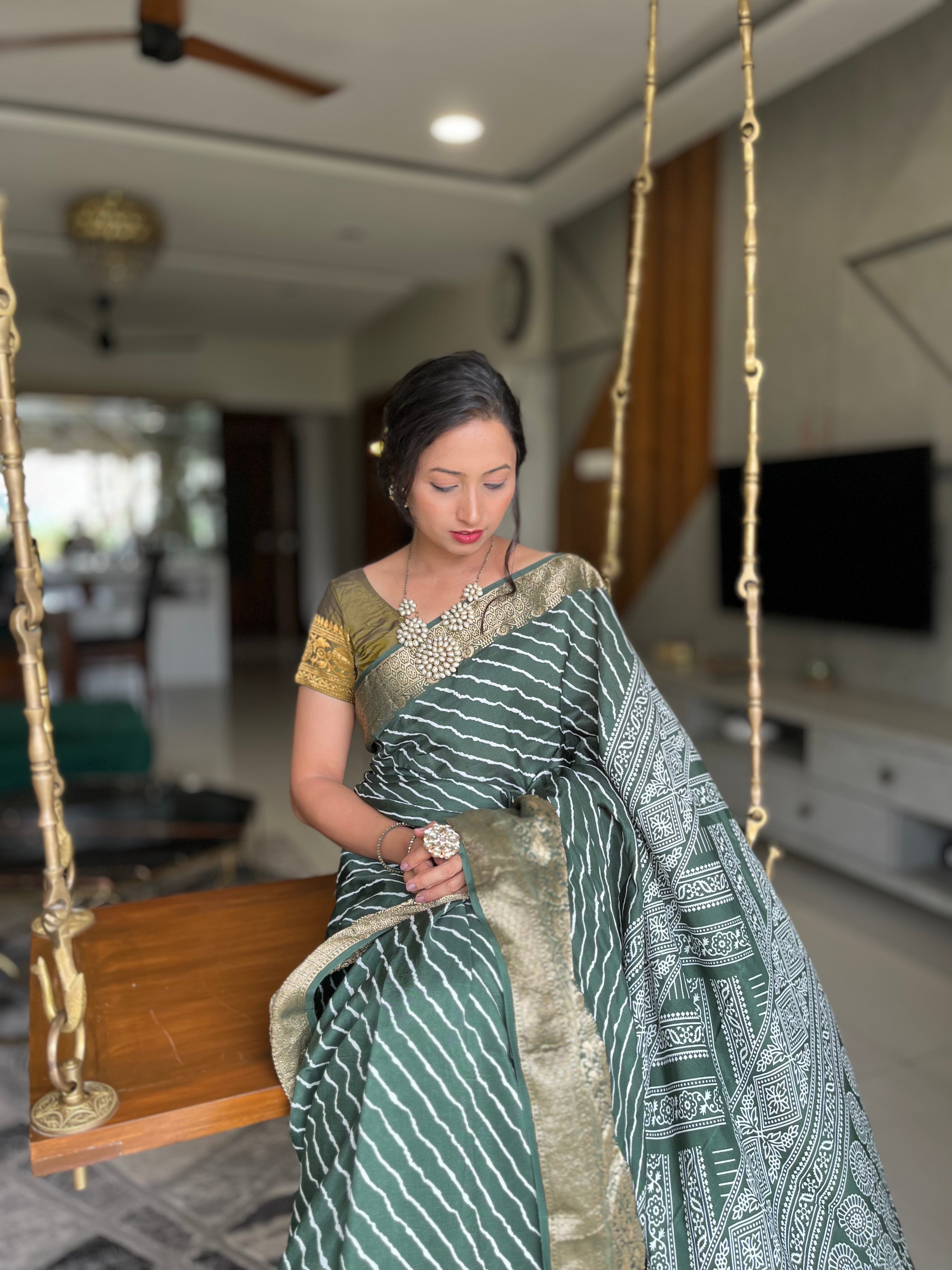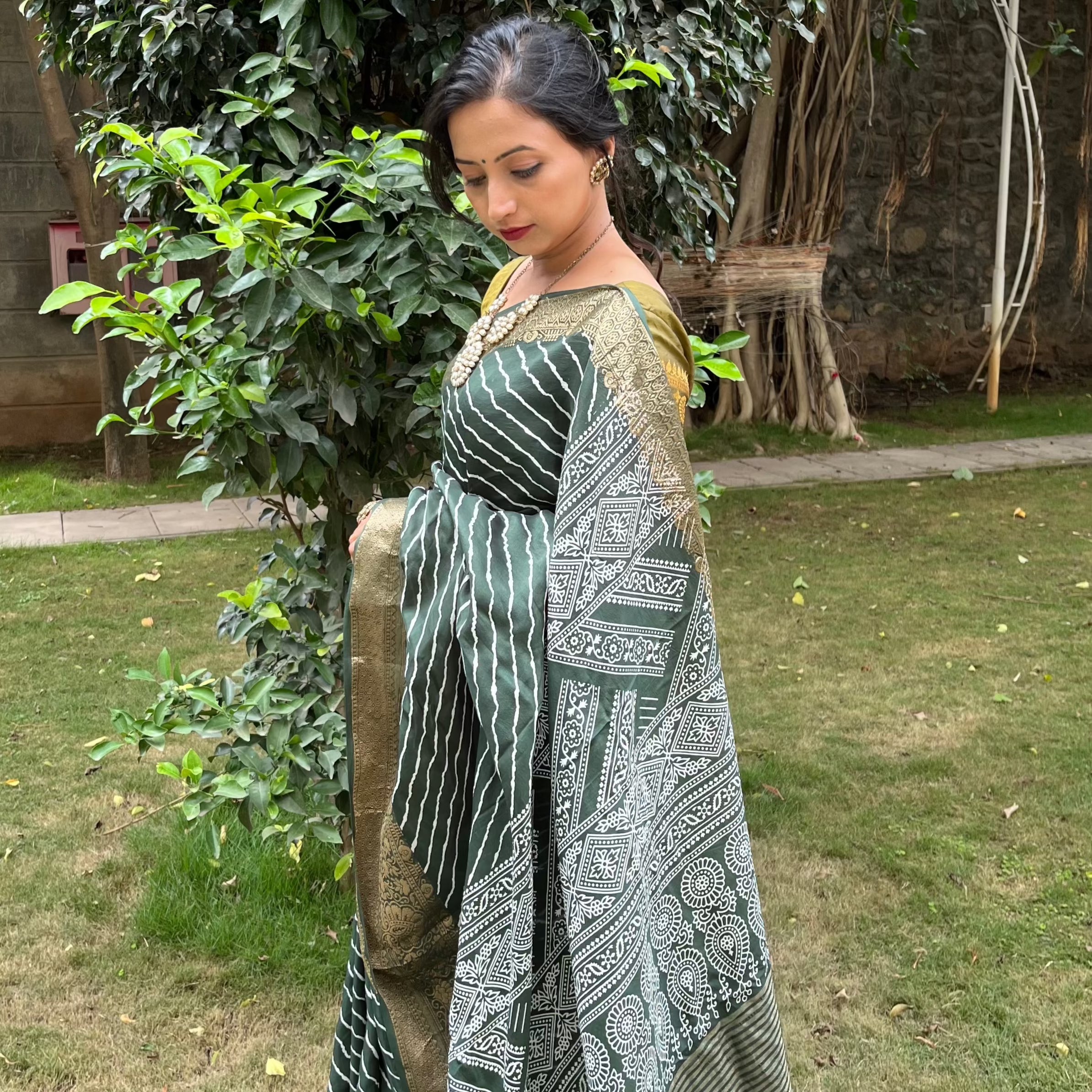The popularity of Kalamkari has grown over the years. Today this art form has been recognized and renowned not just in India but globally. It is a perfect blend of elegance and heritage crafted with love by skilled artisans.
Discover the enchanting Pen Kalamkari Collection- sarees, dupattas and unstitched fabrics. These are hand-drawn and hand-painted on various fabrics. The fabric is dyed using natural dyes.The designs crafted on the fabric includes figure, god, motifs- floral, bird and animals, religious elements, and mythological characters. Add oodles of elegance by sporting a Kalamkari outfit. It is ideal for festive celebrations, events, and even small gatherings, giving you a unique and stylish look.

The History
The history of Kalamkari dates back to the medieval era. Kalamkari is a Persian word when split into two, kalam refers to pen and Kari to an artwork. During the Mughal rule, skilled artisans also known as qalamkars practiced this appealing art. It rose to fame during the rule of Golconda Sultanate in Hyderabad but eventually started to decline. With the coming of the British, this art form was revived as they loved printed designs on their clothing.
Kalamkari is practiced in the states of Andhra Pradesh, Telegana and some villages in Tamil Nadu. Various motifs are intricately hand-painted on cotton or silk fabric and tamarind pen.

The Technique
The entire process of crafting a Kalamkari piece is tedious and requires a keen eye to detail. There are many steps involved to obtain the perfect finish.
It begins with obtaining and inspecting the fabric. The fabric needs to be pristine, for the art form to work its magic. Next, the cloth is soaked in cow milk to give it a glossy appearance. It is later put in water with cow dung and squeezed thoroughly Once this process is completed, it is laid out to dry overnight. To prevent the organic dyes from smudging the cloth is washed in buffalo milk and myrobalan fruit dust. It is then sun-dried and washed again to remove the odor. This step is repeated until the desired results are obtained. Using a mordant black, red and brown designs are outlined. The fabric is covered with wax except for areas to be dyed blue and dipped in indigo blue dye. Later the wax is removed. The remaining parts of the design are carefully hand-painted.
To create the design, artisans use bamboo or date palm sticks. Further vegetable dye is used to fill the designs drawn.

The Two Styles
The two different Kalamkari Art includes Machilipatnam and Srikalahasti.
In Machilipatnam, it is not exactly pen crafted. The craftsmen use a hand-craved block to sketch his designs. On the other hand, Srikalahasti's main feature is that the drawings are drawn freehand.
Unique Features
- With changing times, Kalamkari is done on fabric like crepe, chiffon, georgette and cotton-silk.
- Comes with different colors and interesting prints both traditional and contemporary.
- Kalamkari outfits do not fade easily with repeated washes due to the use of natural dyes and colors.
- Latest trending designs can be easily incorporated.
If you haven't added the Kalamkari Collection to your wardrobe, it's time to do so. The rich look makes it stylish and trendy. Click on https://phulari.com/

